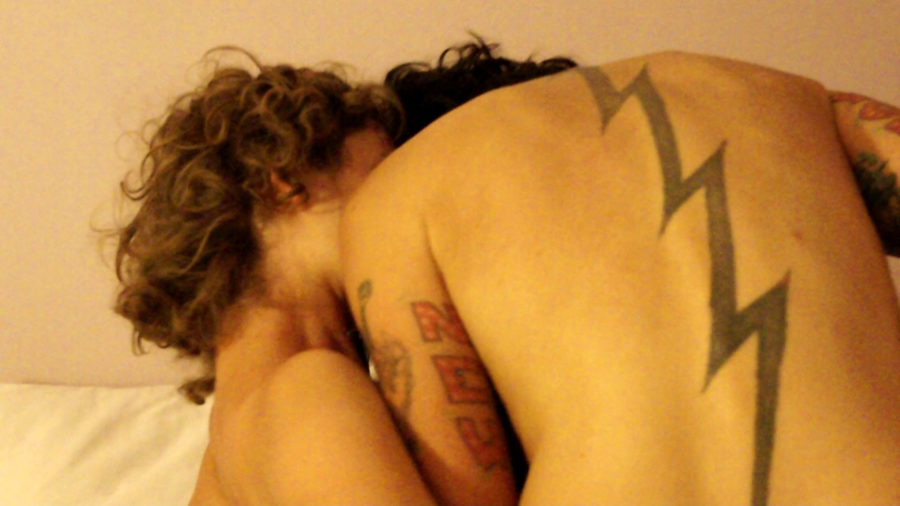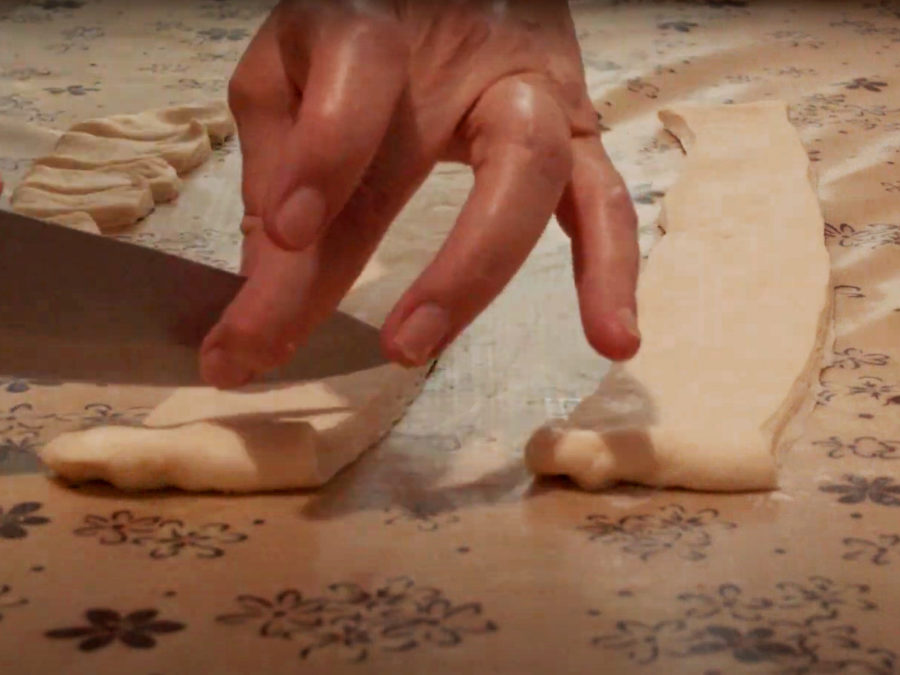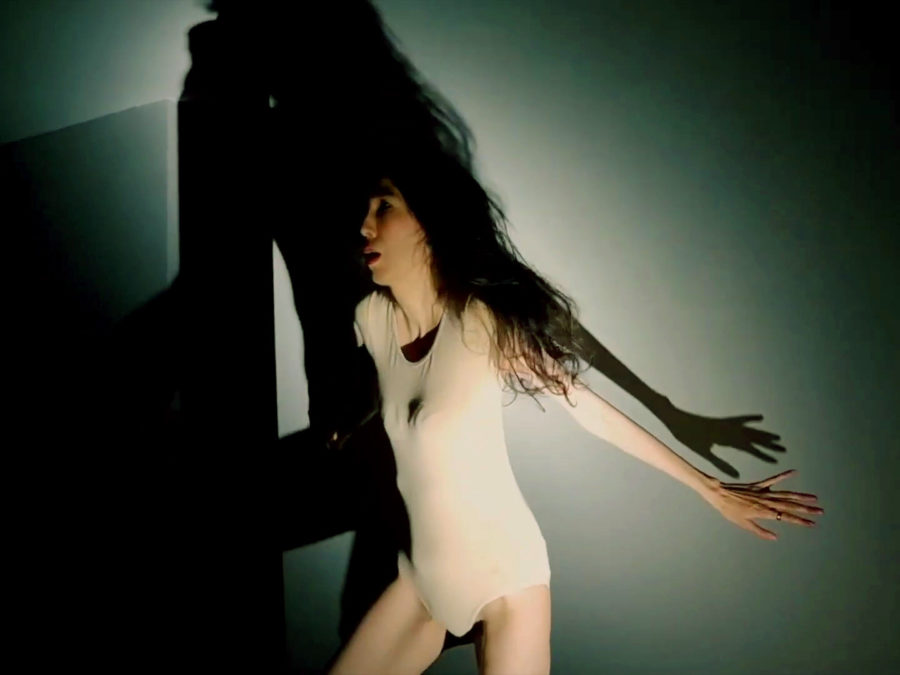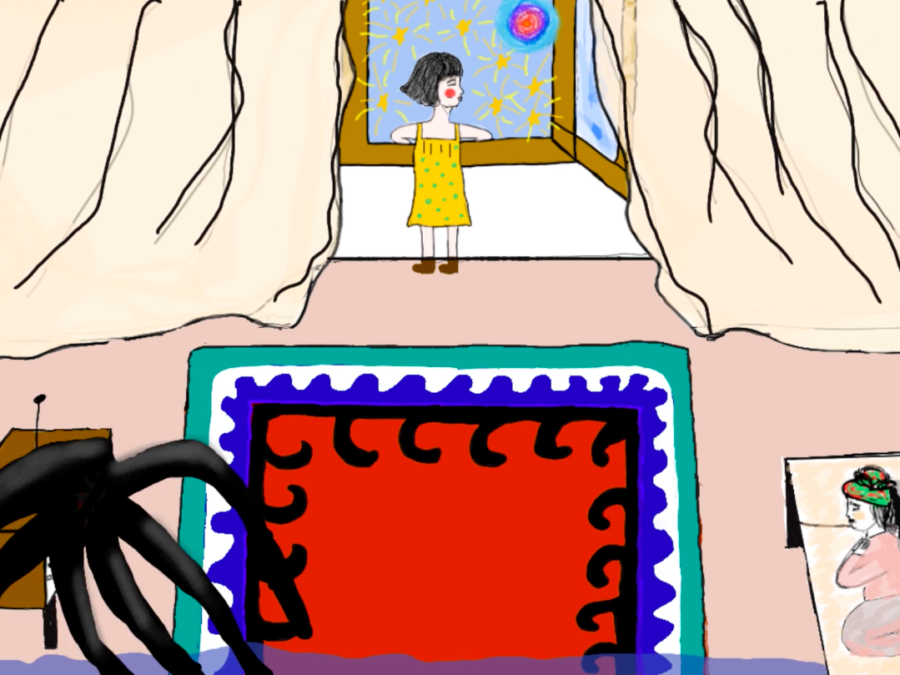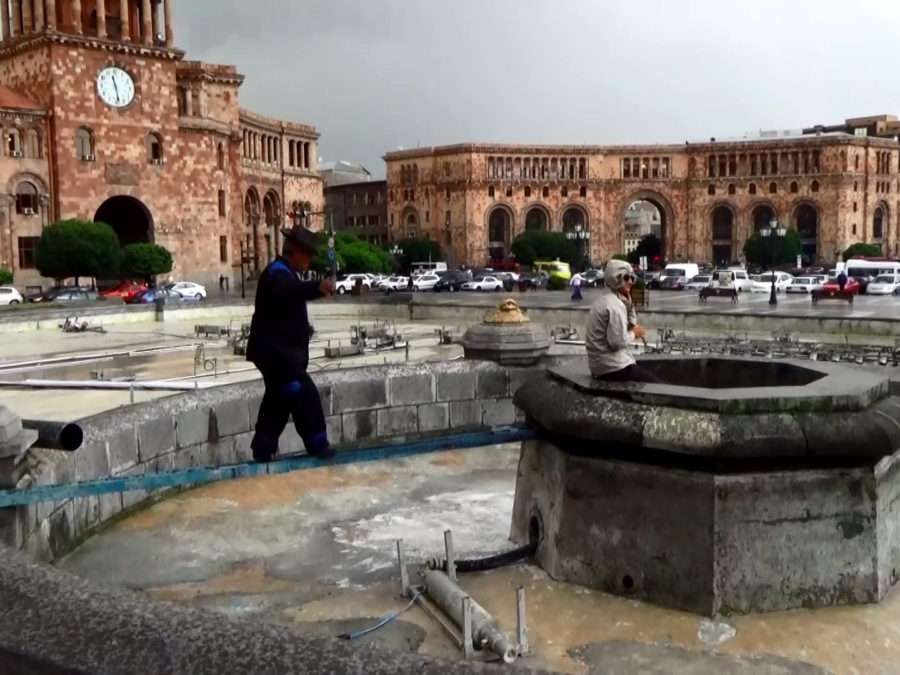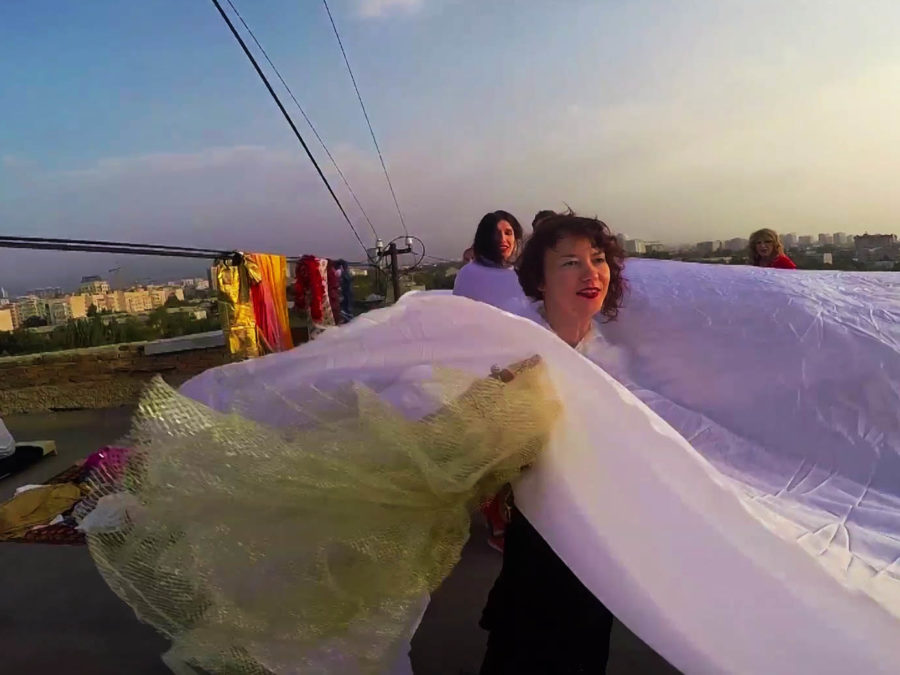POST-DIY is directed at the circumstances surrounding the bombing attack of the queer bar in Yerevan called ‘DIY.’ It aims to produce both a visual and a verbal language that constructs and narrates life after the tragic event that took place on May 8, 2012. If the attack on DIY can be read as an act to silence and establish exclusionary societal norms by eradicating what is perceived as transgressive, then this video documents the fact that life goes on no matter what. It questions the desire to establish uniformity and totalitarianism in the post‐independent phase of the Armenian Republic and seeks out the beauty residing in a dissident relationship between two women.
One of the goals of POST-DIY is to introduce the viewers to the bomb attack in a non-narrative and non-reportage style, in a manner that is both intimate and subjective. The film estranges the viewers from the banal act of terrorism and compels them to experience the boredom caused by the familiar (typical Soviet panel block apartment buildings) and the shock caused by the strange (act of intimacy). Another goal of the film is to return humanness to women’s bodies that are often defiled and commodified by the consumerist culture. The viewer is exposed to an inappropriate “excess” of immobility (of the buildings) and movement (of the bodies) that exceeds the norms of the conventional gaze.
lucine talalyan is a visual artist born in Armenia in 1975 and one of the founding members of the Queering Yerevan Collective. She received her BA in painting from Terlemezyan Yerevan State College of Fine Arts in 1998 and her MA in set design from Yerevan State. Institute of Theater and Cinema in 2003. Amongst other places, she has done residencies and participated in shows in Georgia, France, Sweden, Germany, and Austria. In films such as POST-DIY, photography series such as Be Careful…Before Entering, and visual design for books such as Queered: What’s to be Done with Centric Art?, she explores themes such as history and memory, visibility and invisibility, as well as the cracks and fissures between the social and the personal.
